By Jigglyspy 23.10.2020.
Good evening dear virtual friends, I hope you had a nice and sunny day. Have you heard the saying “You are smart as a bee”? I'm sure it is, but where did that expression come from? Read below this text :)
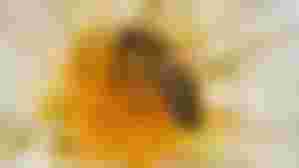
Although the bee has a brain the size of a sesame seed, it is capable of very complex functions. Discover their amazing abilities.
No one who has anything to do with computer technology will seriously claim that bigger computers are automatically better.

Back in the 1950s, when computers were the size of a room, and it was believed that if they were the size of a factory hall, they would be even better, physicist Richard Feynman pointed out that we should think about miniaturizing information technology products. In his famous lecture There is a plenty of room at the bottom, he asked the question "Why can't we write the entire Encyclopedia Britannica on top of the pins?".
Some hundred years earlier, Charles Darwin aroused the suspicion of many colleagues when, impressed by the "magnificent diversity of instincts and mental powers" of ants, he stated that their brains, despite the fact that their size corresponds to one quarter of a pinhead, were "one of the most diligent atoms of matter." world, probably more valuable than the human brain. "
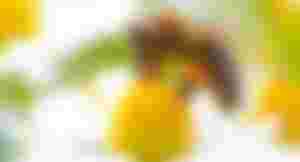
BIGGER BRAIN - BIGGER MIND?
Just like when it comes to computer hardware, the differences in brain size, mass, or volume are huge among animals. The whale's brain can reach 9 kilograms (with more than 200 million neurons). The brain of the honey bee (A. mellifera) has a volume of about 1 mm3 and contains less than a million neurons (about 960,000).
One of the most reliable parameters for estimating brain size is body weight, however, many scientists are debating whether brain size is an equally good indicator of a repertoire of behavioral and cognitive abilities.
A large number of scientific articles have been published that connect different dimensions of the brain (or the size of certain parts of the brain) with various indicators of "intelligence", such as cognitive capacity, behavioral repertoire, innovation and the like. However, it is one thing to say that two things are connected, and quite another to say that one thing is the cause of another.
To clarify this, we will reach for one example from botany. Namely, the Arabidopsis thaliana plant contains a number of so-called BRCA (BReast CAncer) genes that are associated with the inheritance of breast cancer in humans, but as with brain size, no hasty conclusions need be drawn here, as the genes, although named assigned by the diseases with which they are associated, are not the causes of those diseases. After all, if that were the case, the presence of genes associated with breast cancer in plants would entail that plants have breasts!
But let's go back to the story of the bee's brain.

INSECT BEHAVIOR
Probably one of the biggest obstacles to the idea of linking brain size to behavioral capacity is the case of insects, especially social insects, and Charles Darwin, who recognized this in the middle of the last century, compared bees' "skills" such as "imitation" and "understanding." , with abilities characteristic of primates.
Namely, social insects can have an extremely rich repertoire of behaviors. The bee, for example, builds hexagonal honeycomb cells, manipulates powdered substances (pollen) in order to make lumps out of them, which it will place in baskets on its legs; is able to perform a wide range of "dances", which communicate the location of food; he can fight enemies and stab them, while avoiding stabbing them; cleans the nest of debris; heats the litter by muscle contraction, etc.
Here we present (at least) 59 forms of behavior that have been described and classified by eminent scientists Lars Citka and Jeremy Niven on the basis of available scientific literature. The mammalian brain, which is a million times larger than a bee’s brain, allows it to do “more things” than it, but only two to three, not a million times more.
This is hardly the difference between insects and mammals that could be expected, given the enormous difference in the number of neurons. Today, it is quite clear that miniature brains have much greater cognitive capacities than was assumed only twenty years ago.
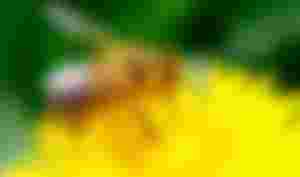
REPERTORY OF BEE BEHAVIOR
An overview of different and at least partially innate patterns of behavior that exclude simple motor forms, such as movement and different types of inactivity.
1. Aggressive flight: irritated bees fly towards the intruder, with a characteristic charge, which indicates a sting;
2. Warning fanning: bees stand with raised abdomen, emitting a pheromone, protruding stings, with buzzing wings;
3. Antenna: mutual contact of antennae between worker bees, without food exchange, in order to confirm belonging to the bee community;
4. Monitoring the dance; the bee follows the dancing of another bee to find out information about the target location rich in food;
5. Monitoring the nut; be part of the mother's entourage, occasionally licking and touching the antennae;
6. Intruder bites: bees sometimes do not sting intruders but bite them;
7. Food search; touching the antenna of another crankshaft to elicit food from it;
8. Short beep: a signal by which the bees following the dance cause the dance to stop;
9. Incubation of the litter: pressing the body of the cell with the litter to warm up (contraction of the thorax muscles);
10. Construction of honeycombs: shaping of cells from freshly extracted wax; radicular, drone and queen larvae require cells of different dimensions, which is why it is necessary for bees to have different motor abilities in order to be able to construct them;
11. Noisy running: in a swarm cluster, some bees run through the cluster in a specific way, to signal that the time has come to take off;
12. Matching the honeycomb: closing the cell with the larva;
13. Cell cleaning: removal of waste from empty honeycomb cells;
14. Chewing pollen from a crankshaft: chewing pollen from baskets from the legs of another crankshaft;
15. Nibbling the hive: nibbling the mandibles of the hive walls surrounding the honeycomb;
16. Division of the community; a large number of workers, together with the old queen, leave the old hive to move to a new home. The process of preparing a division involves various forms of individual behavior.
17. Removal of corpses: removal of dead bees from the hive;
18. Vibration of the abdomen: the bee stands vibrating the abdomen up and down; often holding on to another crankshaft while preparing for a serious activity (e.g., swarming);
19. Laying eggs; laying unfertilized eggs in honeycomb cells;
20. Ejection of drones: at the end of summer, the drones bite the drones, throw them out of the hive and sometimes stab them;
21. Stretching of food intake organs; elongation of the tongue to capture a small drop of nectar;
22. Winging: ventilating the hive by fluttering the wings;
23. Larva feeding: inserting the head into the cell to feed the larva;
24. Nutrition of the queen: vomiting drops of nectar sucked by the recipient;
25. Taking food: providing the tongue between the mandibles of another crankshaft to accept nectar;
26. Accept the whistling: A bee stands with outstretched wings so that the other bee can clean it with its mandibles (jaws);
27. To cleanse oneself: to cleanse oneself with a mouthpiece or feet;
28. Clean the crankshaft: clean the bee from the same hive using the mandible;
29. Guarding: at the entrance to the hive the bee examines the newcomers and attacks potential intruders;
30. Control of cells with a brood: a bee inserts its head into the cell to determine the condition of the larva;
31. Examination of potential sites for a new nest: testing of cavities (usually trees) to determine whether they are suitable for a new habitat;
32. Lateral movements ("hygienic dance"): the crankshaft stands and swings the body from one side to the other; such behavior is very often a consequence of being bitten by another bee;
33. Touching the covered cells with the oral apparatus: the crankshaft walks on the covered litter or covered food reserves, touching the wax with rapid movements of the mandible;
34. Nectar collection: sucking nectar from flowers;
35. Nectar storage: "domestic workers" accept food from collectors and deposit it in media cells;
36. Orienteering flights: flights around the hive with the aim of getting acquainted with the characteristic landmarks from the environment;
37. Pollen packaging: "firm" packaging of pollen in honeycomb cells;
38. Swarm squeak: occurs during preparations for the swarm to take off at a new location;
39. Pollen collection: means collecting powdered pollen from flowers, its whipping from the body of bees and packing in specialized hairy structures on the legs (pollen baskets);
40. Preventing fights between queens: when new queens are made, crankshafts use a variety of tactics to keep them at a distance from each other;
41. Resin collection: collecting resin from trees and transporting it to the hive, in pollen baskets, where it will be used for habitat propolization;
42. Working with resin inside the hive: sealing holes and cracks in the hive;
43. Robbery: intrusion into other hives to plunder nectar;
44. Circular dance: specific movements that indicate to other bees that there is a food source near the hive;
45. Search for food: search for appropriate floral resources to train other bees to use them;
46. Search for a new nest location: swarming bees search the environment in order to find potential nest locations;
47. Sickle dance: occurs at the transition between circular and oscillating dance;
48. "Sterzeln": lifting the abdomen and emitting pheromones, with flapping of the wings;
49. Stabbing: attacking and stabbing an animal that is “recognized” as an intruder;
50. Fast-fly guidance: Well-informed scouts guide the swarm towards the new nest location by making conspicuous flights over the swarm;
51. Swarm cluster formation: after community division, the swarm shortens at a temporary location, say, a tree branch, in order to search for a new habitat;
52. Trembling dance: a special "jerky dance", the signal function of which has not been fully elucidated to date;
53. Looking back: stereotypical behavior of a bee during the summer with the aim of memorizing a new food source or entrance to the hive;
54. Unfolding the litter: removing the wax covers of the cells with the litter using the mandible;
55. Unloading of pollen: the worker scratches the pollen from her legs and inserts it into the honeycomb cells;
56. Swinging dance: repetitive movement in the shape of the number eight, with the aim of indicating the location of food sources;
57. Water collection: bees search for fresh water to suck it up and return it to the hive;
58. Water cooling: in order to prevent overheating, bees spray water on the honeycomb, fanning it in order to cause it to evaporate;
59. Police supervision: removal of eggs laid by other workers.
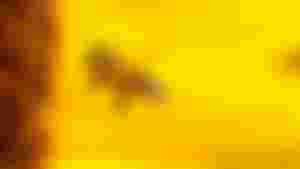
I’m sure you now know that bees live only 21 days. Have you ever wondered what their three-week life looks like? Well, I have the answer to that, watch the video below this text and find out ...
I hope you enjoyed reading this article and that you learned a lot of new information that you didn’t know about bees. See you soon, greetings to all of you @Jigglyspy

Photos of usage in this post can be found at www.google.com
If you haven't read my new articles here are links to them:
We are all people, but rarely is anyone human!
The creator of children's fantasy
That is how the legends said goodbye to the world
Events that Serbia does not forget are shown in photographs
A man with a big heart / Covek velikog srca
Breastfeeding - good for the baby but also for mom / Dojenje - dobro za bebu ali i za mamu
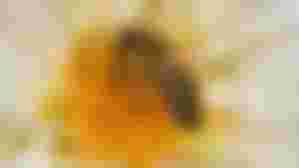

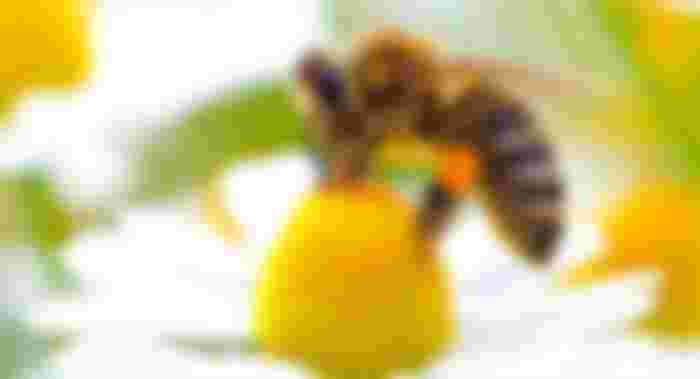
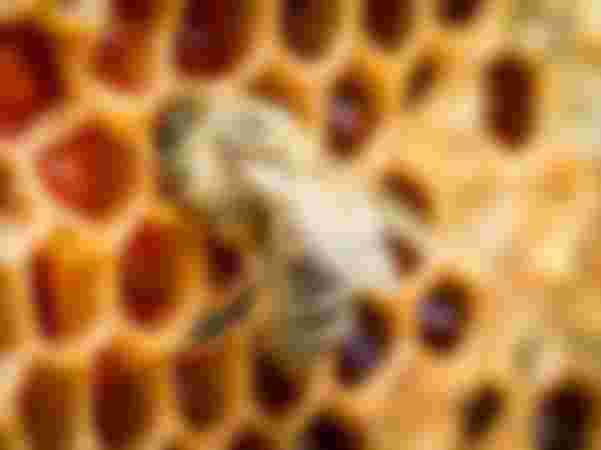
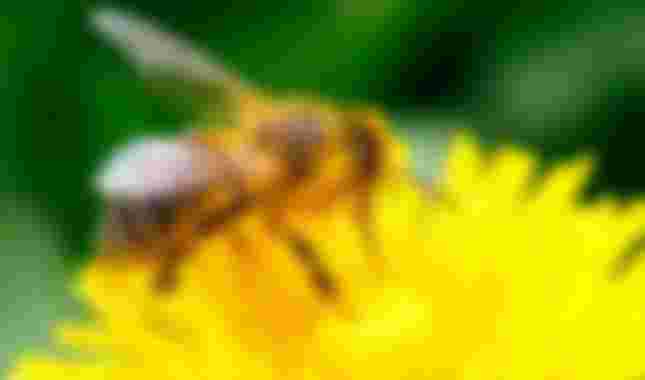
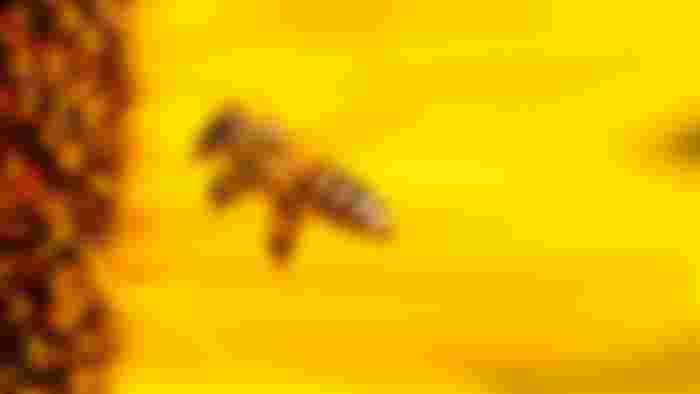

Did you know that price for one kilo is almost 10 euros. Yes! But, that price is really small if you want to buy real honey. Unfortunately, real honey is very hard to find in our country